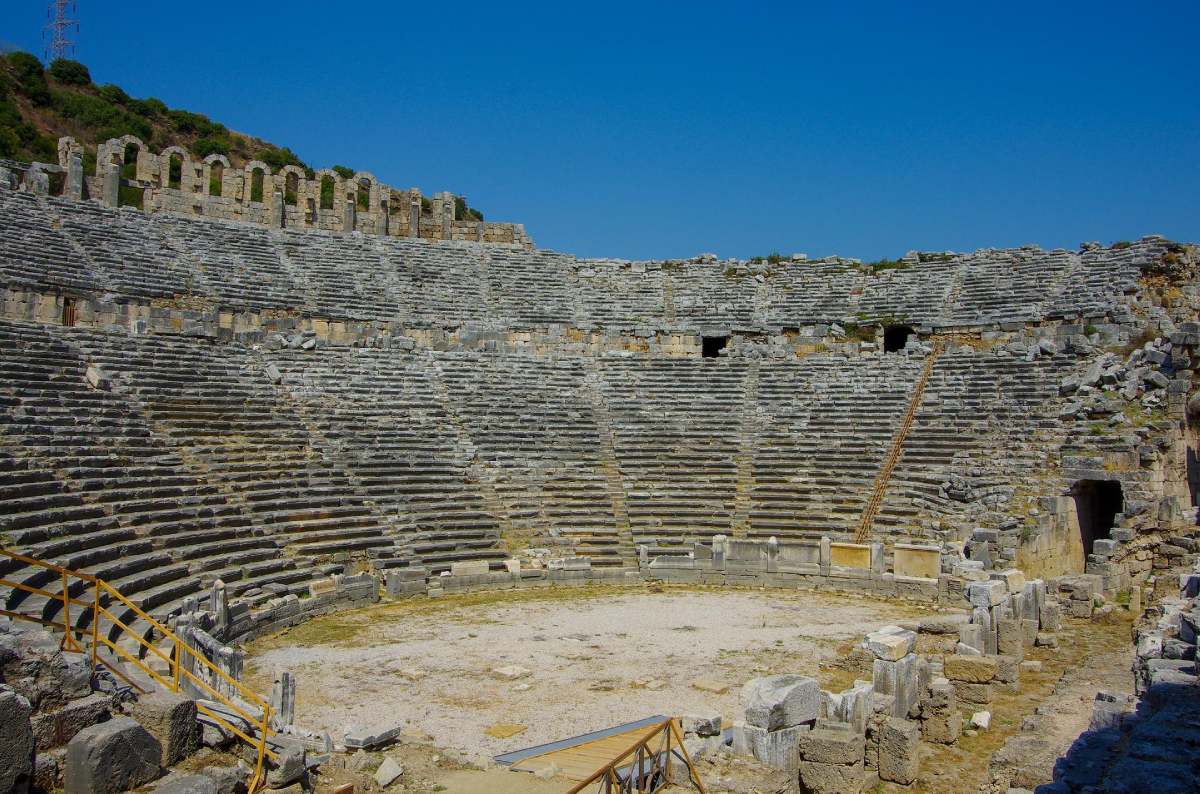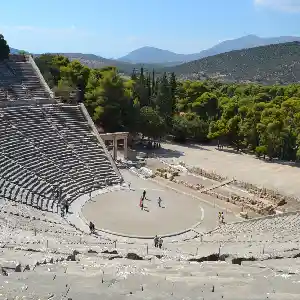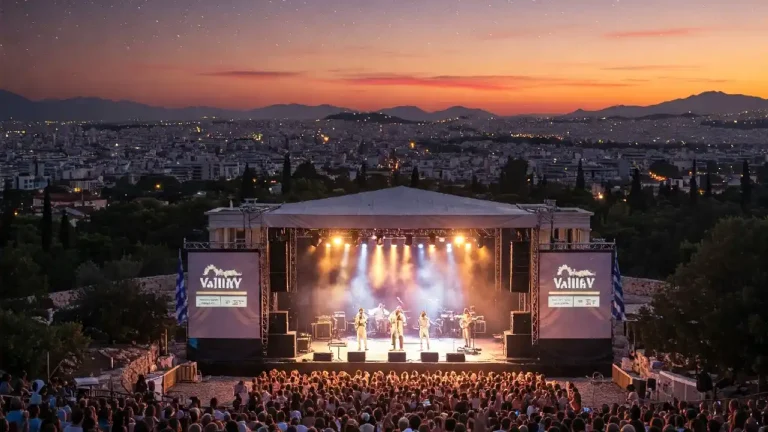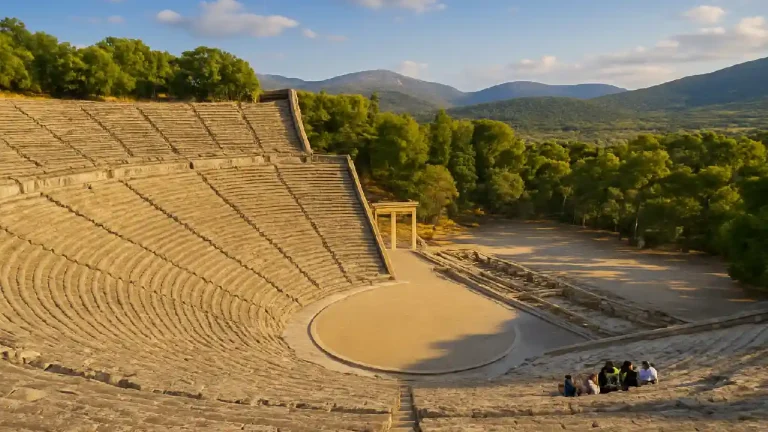Immersed in the Natural Spectacle: An Ancient Theater Experience
In the heart of ancient Greek civilization, theater was not merely a form of entertainment; it was a deeply embedded aspect of religious life and a powerful medium for storytelling. Bound by the natural rhythms of the day and infused with the transformative power of light and shadow, ancient theatrical performances were an immersive spectacle that captivated audiences and resonated with profound themes.
The Dawn of Spectacle
In the ancient Athenian theater, performances commenced at the crack of dawn, extending throughout the day as the sun traced its arc across the sky. These extended performances, often spanning four or five plays, were meticulously choreographed to coincide with the changing natural light. As the sun ascended, the orchestra, the circular performance area, was bathed in radiant illumination, gradually dimming as the day waned.
This interplay of light and shadow was not merely a matter of convenience; it was an integral element of the theatrical experience. Tragic poets, such as Aeschylus, Sophocles, and Euripides, masterfully incorporated references to the natural world, weaving references to the sun, moon, and stars into their scripts. These allusions resonated with the audience, evoking a sense of cosmic connection and underscoring the universality of the human experience.
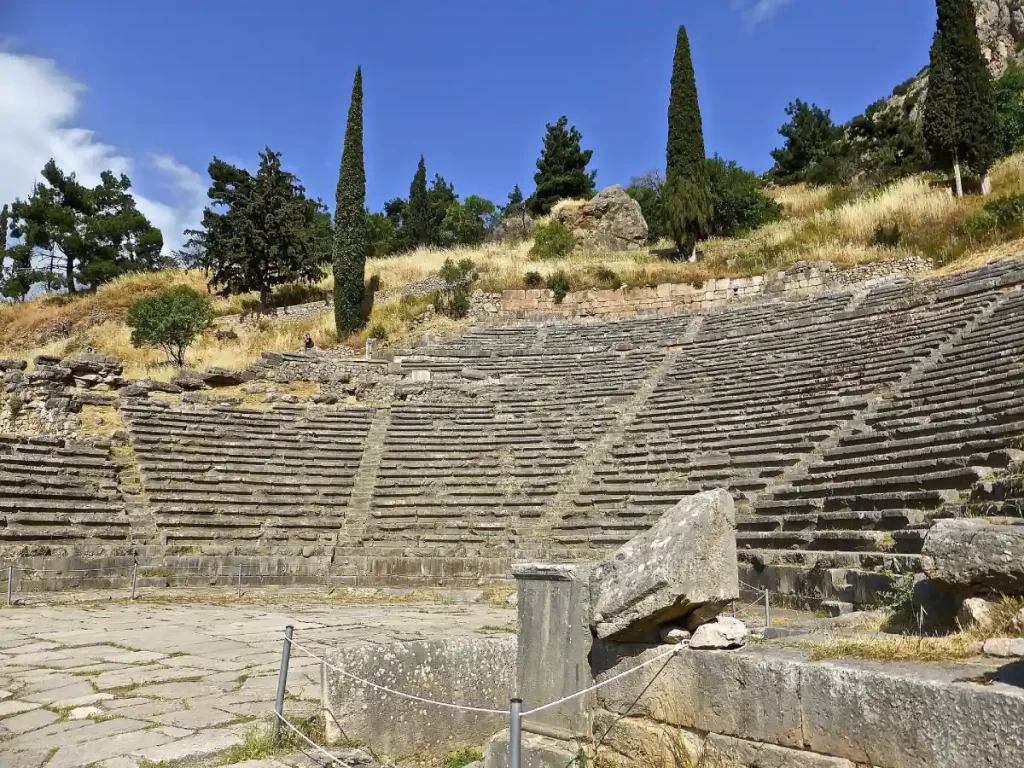
The Spectators’ Perspective
The Athenian theater, nestled on the southern slope of the Acropolis, offered spectators an unparalleled vantage point. As they witnessed the performances, they were surrounded by the natural beauty of the Parthenon and the surrounding hills, their senses heightened by the interplay of light and shadow. This direct connection to the natural world enhanced their engagement with the theatrical spectacle, creating an immersive experience that transcended the boundaries of the stage.
The Actors: Transformations and Versatility
At the heart of the ancient theater were the actors, all male, who brought the plays to life with their voices, movements, and costumes. Initially, these roles were filled by ordinary citizens, but over time, professional actors emerged, honing their skills and techniques to become masters of their craft.
Despite being limited to male performers, the actors’ versatility was remarkable. They wore masks, enabling them to assume female roles, and excelled in both dialogue and song, captivating audiences with their emotional range and theatrical prowess. Their ability to embody a multitude of characters, often within the same play, further demonstrated their exceptional talent.


The Scenery: Blending with Nature
While the natural landscape served as a backdrop for the performances, the stage itself was adorned with rudimentary scenery, primarily consisting of wooden paintings and movable objects. In comedies, the scenery often represented houses or other structures related to the play’s plot. Actors entered and exited through the stage doors, typically three in number, adding to the sense of immersion and visual storytelling.
The ancient Greek theaters, with their harmonious integration with the surrounding landscape, formed an inseparable unity with nature. The natural elements, from the changing light to the distant vistas, seamlessly merged with the theatrical spectacle, creating an unforgettable sensory experience for the audience.

